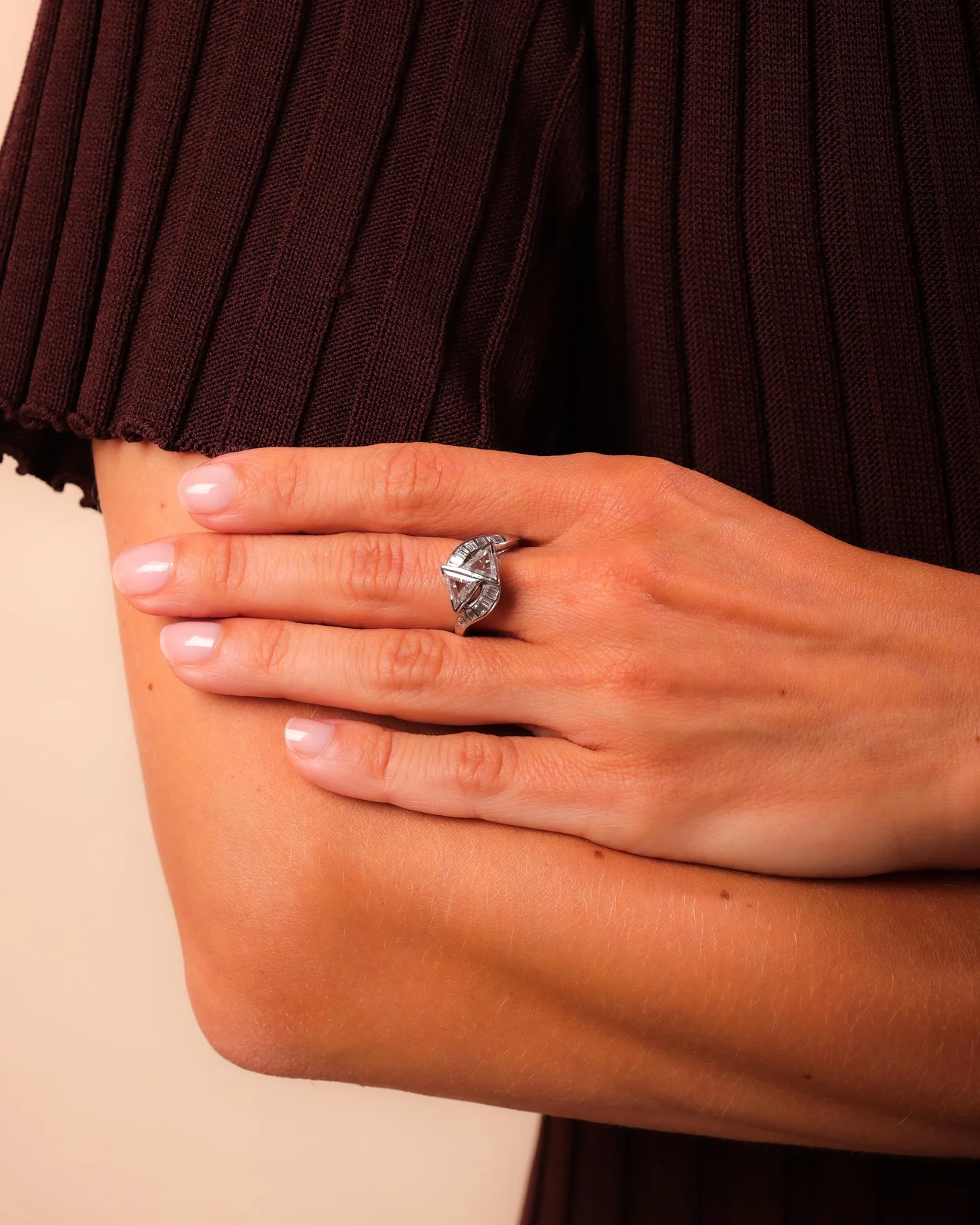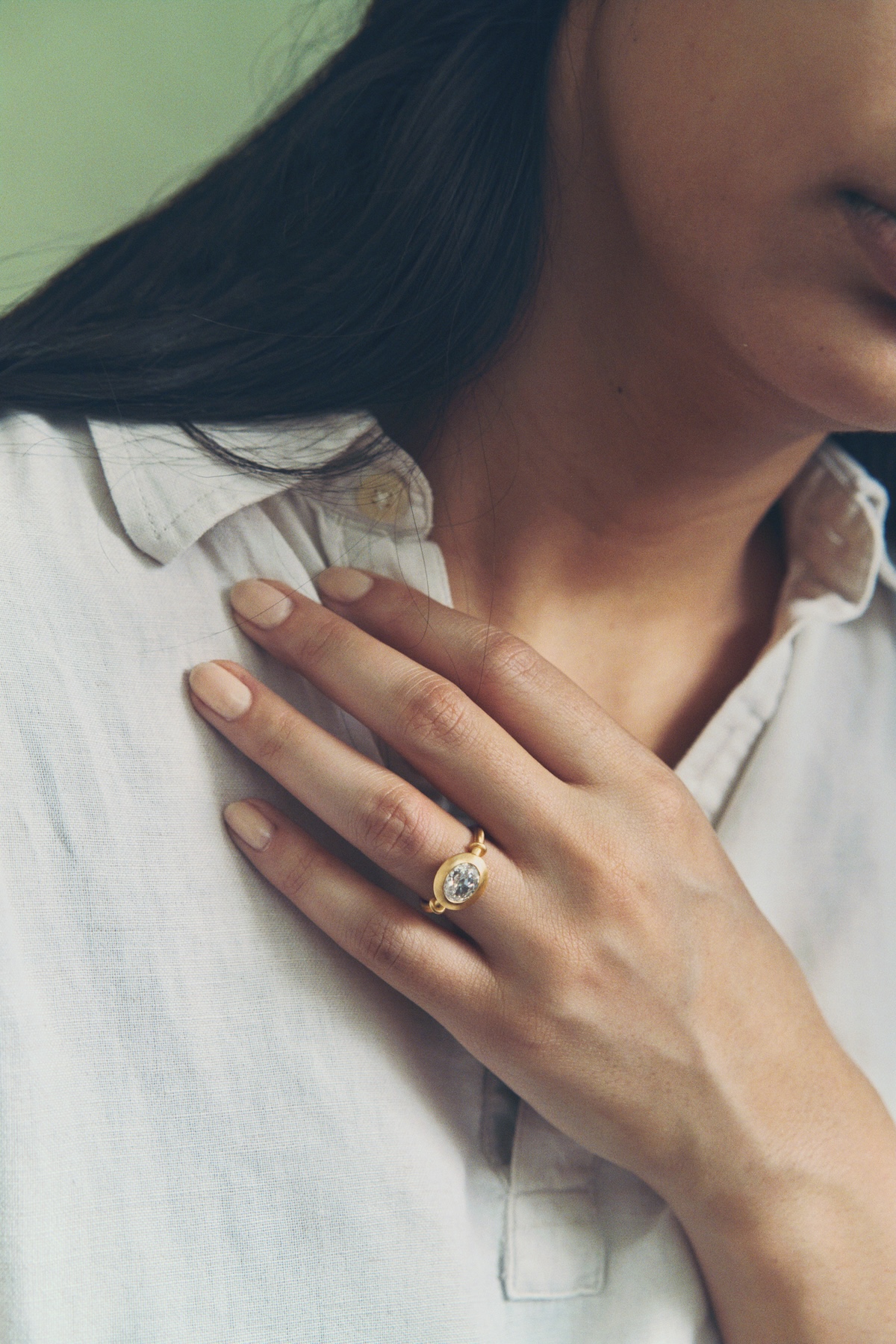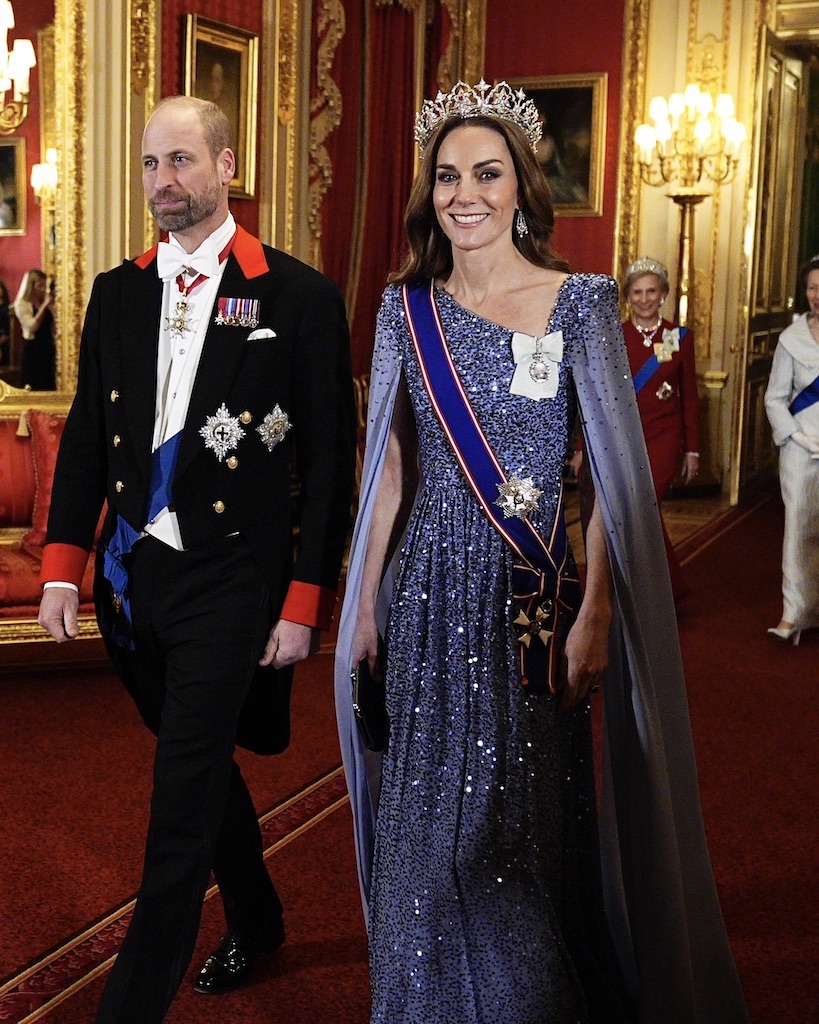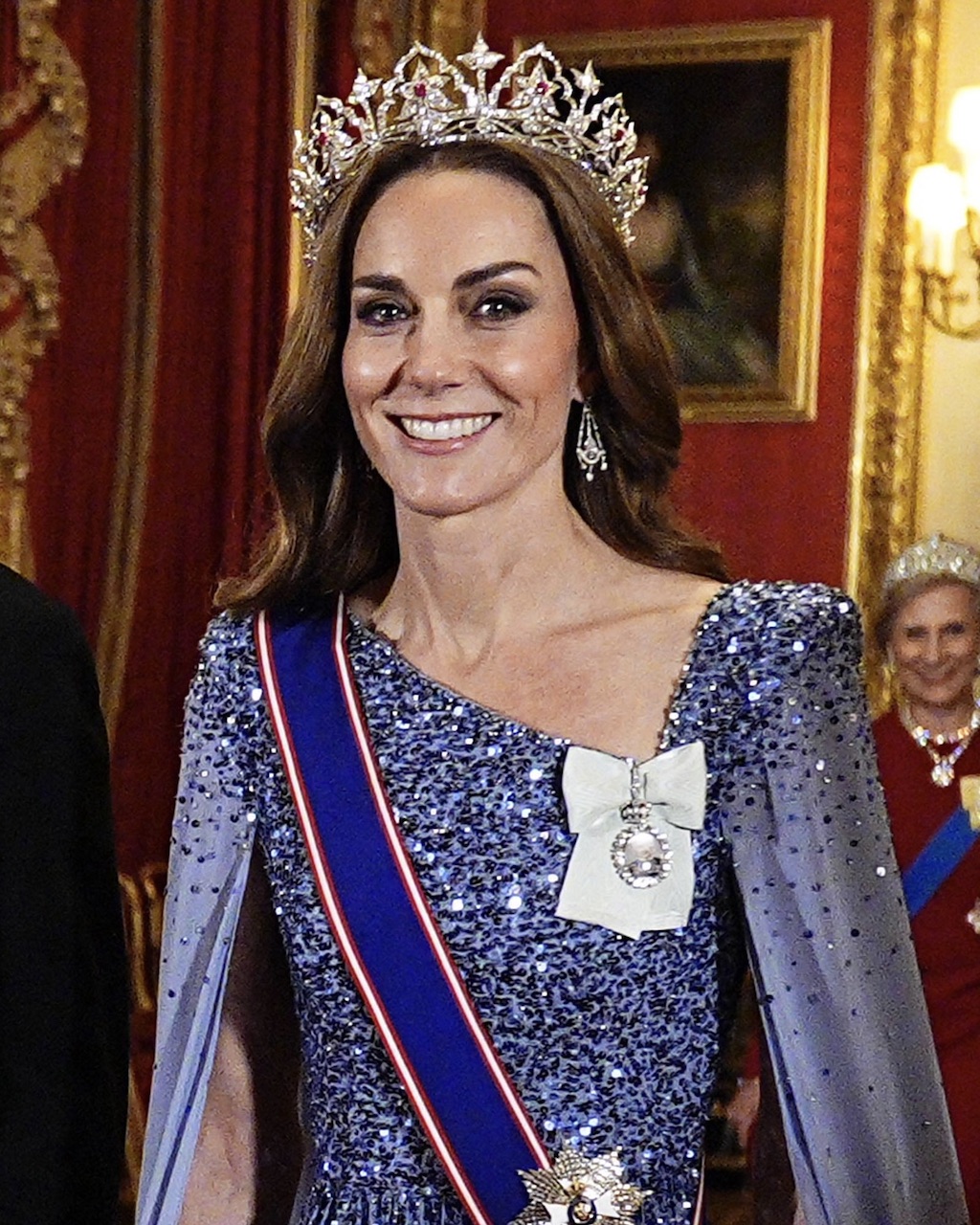< Historic Diamonds
The Story of Mellerio: The Oldest Jeweler in the World
The true greatness of French luxury can be found behind the walls of this intimate two-century-old boutique.
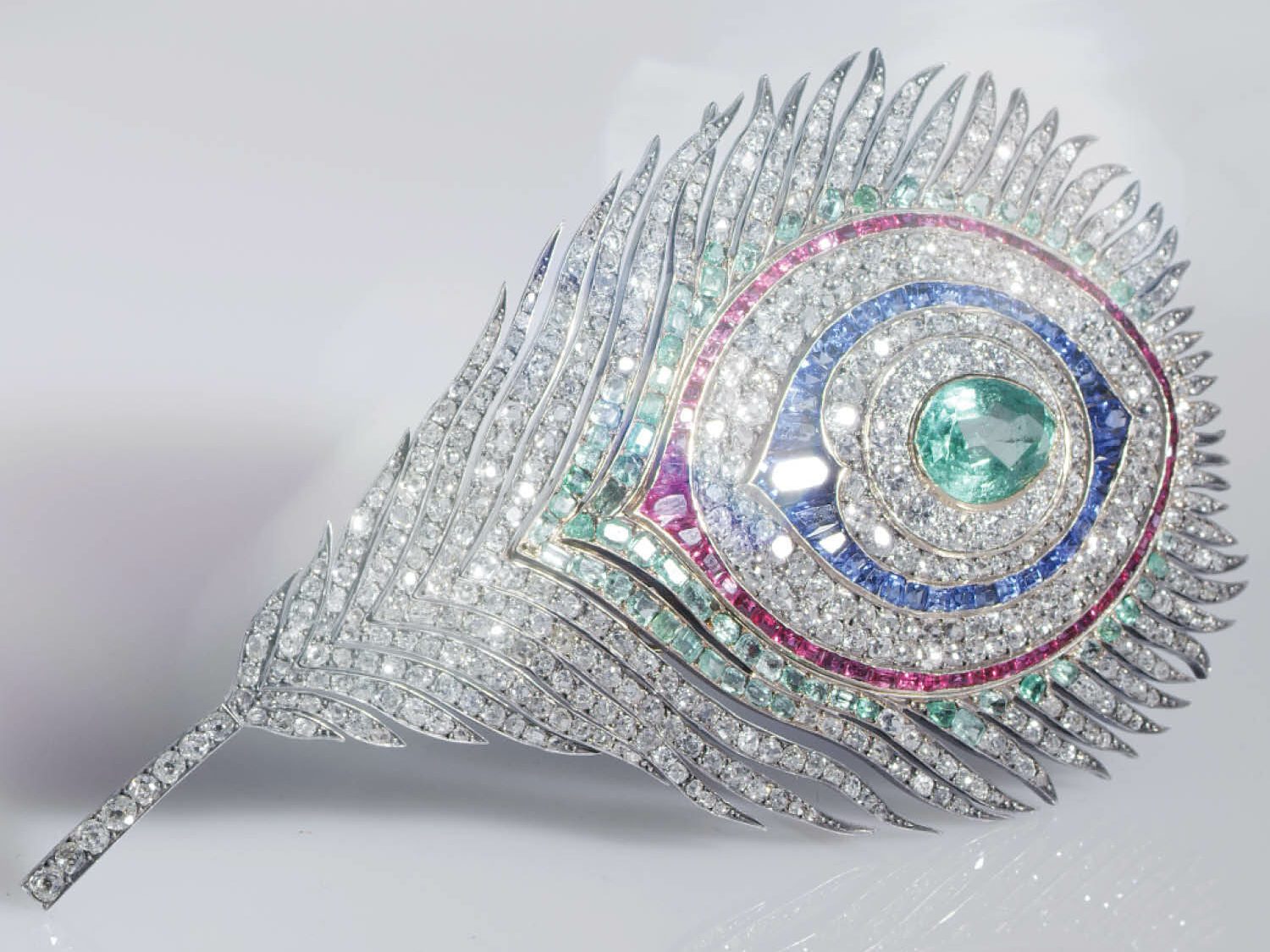
Peacock feather diamond brooch masterpiece bought by Empress Eugénie Bonaparte in 1868. (Courtesy of Mellerio)
From Netflix’s Bling Empire to jewelry insiders worldwide, the question has often been asked: “What is the oldest high jewelry house in Paris?”Luckily, we’re here to settle the feud. It’s Mellerio.
Though the capital of haute joaillerie boasts many historical maisons, this particular one happens to be the very oldest jewelry atelier still standing in Paris. For more than 200 years, since 1815, it has remained among the very first to own a boutique on Rue de la Paix, one block north of the Place Vendôme, the famed temple of high jewelry and luxury.
Going further back, for over 400 years, since 1613, the Maison has been the best-kept secret of royalty and socialites, earning it the nickname “jeweler of the queens” from its first client, Marie de Medici. An Italian herself, de Medici served as the Regent of France (before her son Louis XIII’s reign), during which time she granted her fellow Northern Italian immigrants the right to trade “small goods mixed with glassware, knick-knacks and other hardware” throughout the realm.
Meet the Expert

- Côme Mellerio is the International Business Development Director at Mellerio.
- Drawing from centuries of family tradition, he brings a unique perspective on artistry, innovation, and the enduring legacy of the oldest jewelry house in the world.
A Real Maison: Mellerio’s Paris Boutique
Rarely has the often overused word “maison” been so fitting as it is for Mellerio. As its President and Artistic Director, Laure-Isabelle Mellerio points out, “All of the pieces we sell are made to measure in our on-site workshop.”
Opening the doors of the discreet store is like stepping back in time. Inside, old wooden cabinets and in-wall niches with the latest collections shine bright from their tasteful displays; there are also numerous salons where famous patrons from royals (The Maharaja Jagatjit Singh of Kapurthala, the queens of Spain and The Netherlands) to bankers like the Rothschilds and high society brides-to-be have purchased uniquely bespoke pieces.
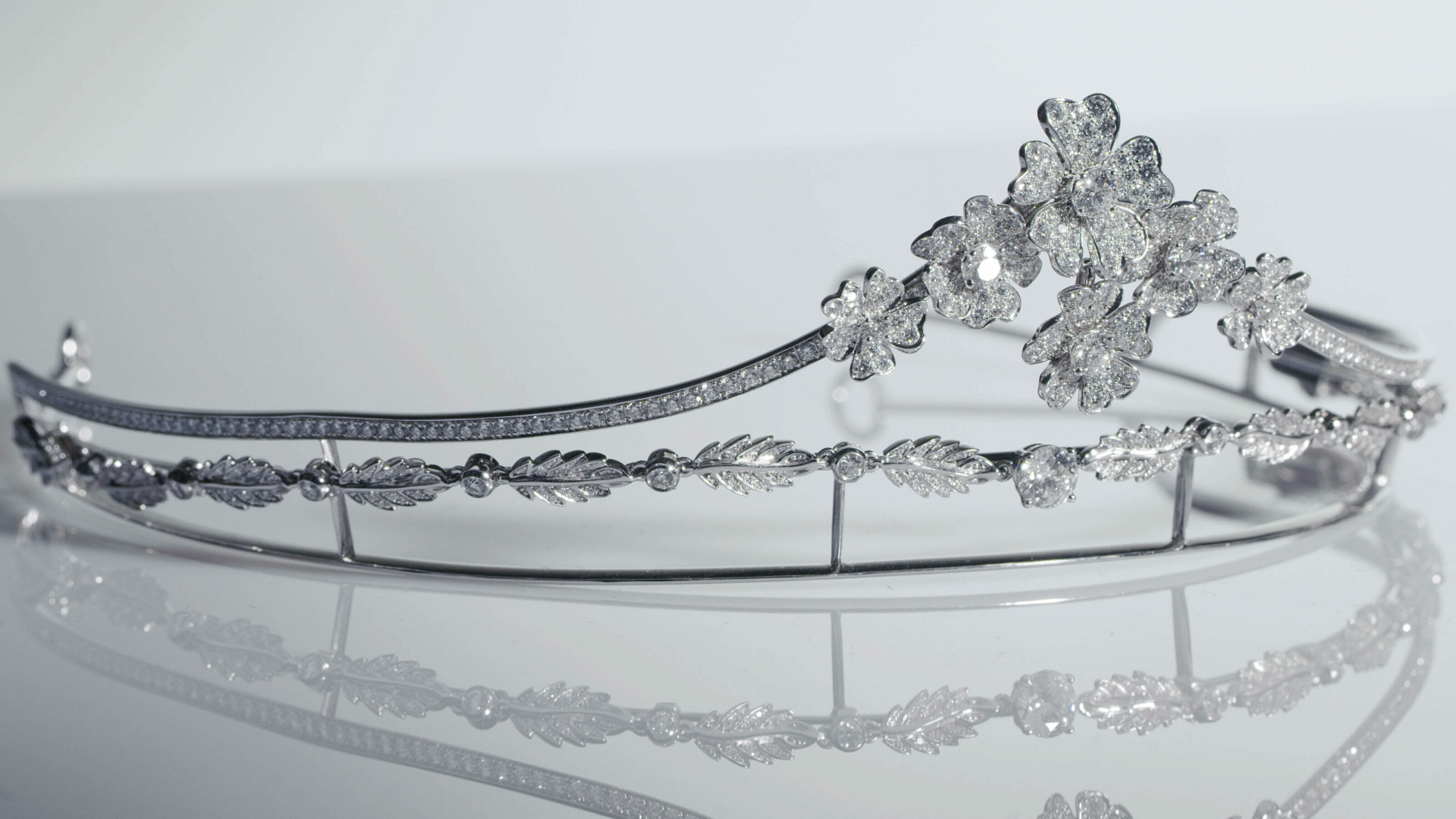
Be it a 0.30 carat solitaire engagement ring or 12.81 carat diamond tiara like the Monte Rosa, the Maison holds a reputation for elegance and precision in its craftsmanship as much as for silence in its practices; its discretion, with secrets and orders kept carefully under wraps within the hundreds of order and sketch books kept downstairs in the house’s archive room, also happens to be the most comprehensive library of Mellerio jewelry making in history.
The History of Mellerio: The Jeweler of Queens and Empresses
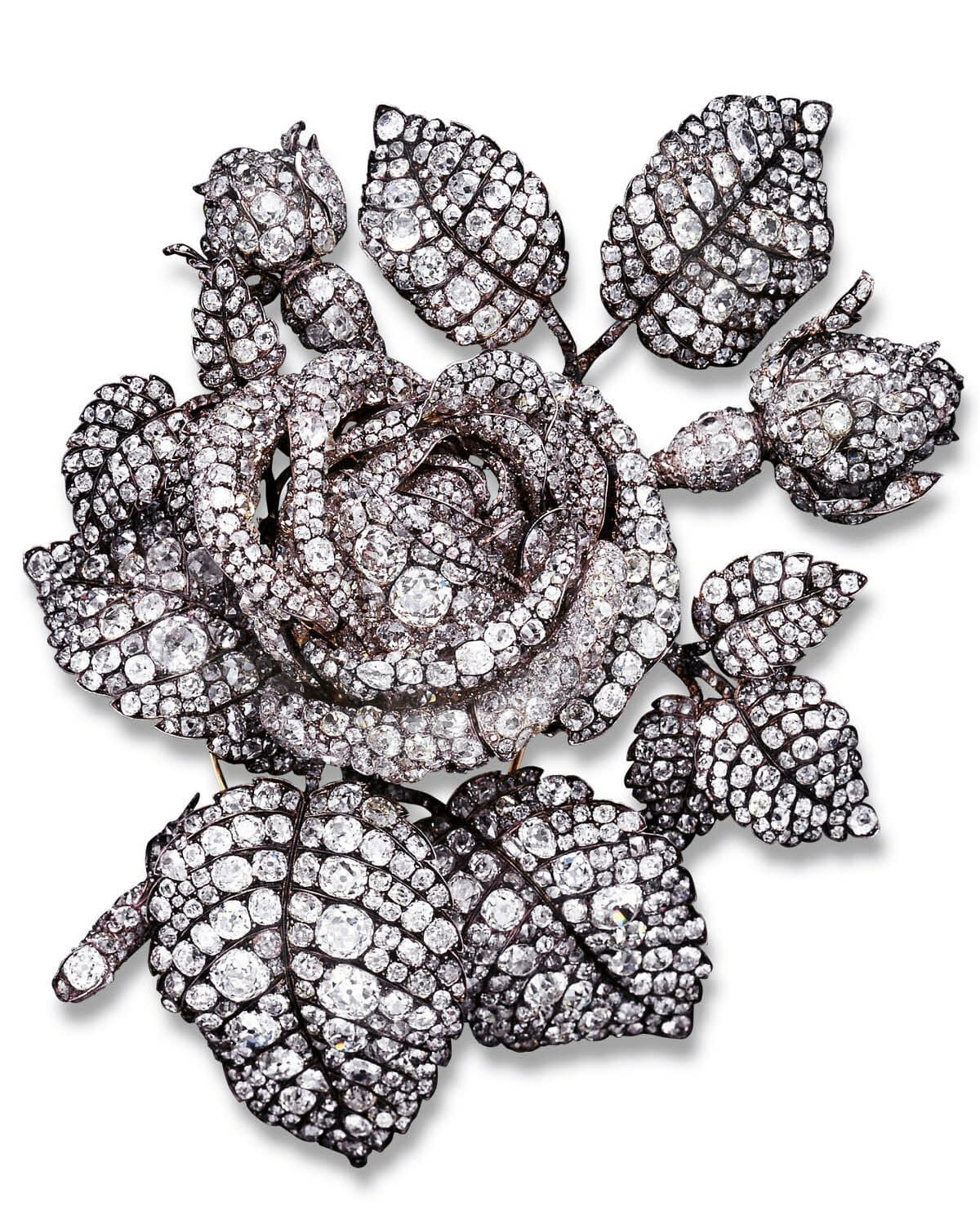
Walking down the central mirror-clad Art Deco staircase (reminiscent of the style of the house’s 1935 refurbishment) brings visitors to a private gallery of the family’s vintage items and antiques, including “Marmotte” the wooden portable chest in which Jean-Baptiste Mellerio, descending from a family peddler from the Vigezzo Valley in Lombardia, used to carry and showcase his merchandise to places like Versailles.
As the legend of 1780 goes, right outside the gates of the palace, Queen Marie Antoinette purchased a bracelet featuring seven cameos surrounded by garnets designed by Jean-Baptiste himself; it’s a bracelet to be admired today.
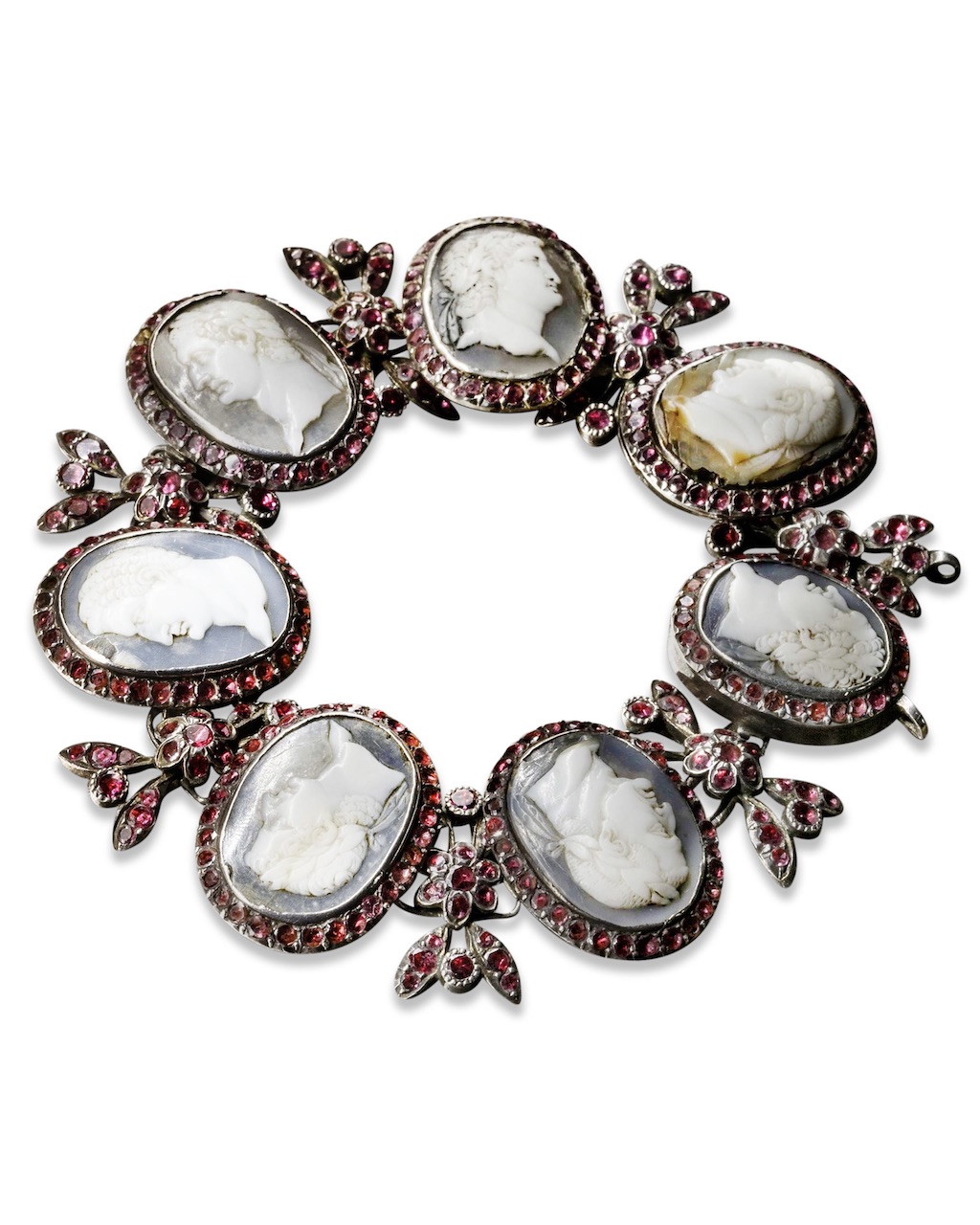
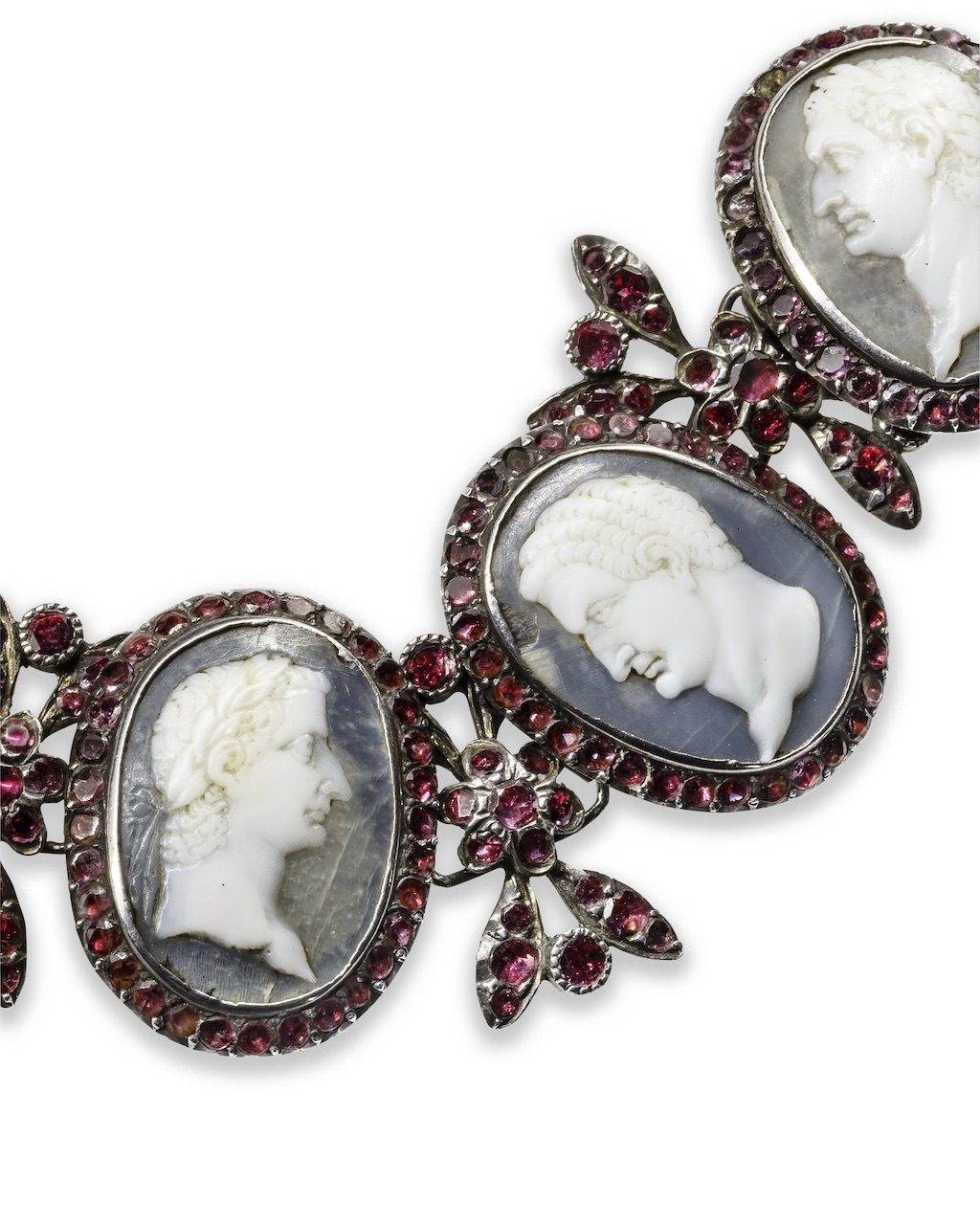
Also in the private gallery are 100 estate heritage pieces that the company tracked down and bought back from clients and at auctions. Diamond aficionados will be in awe of the peacock feather diamond brooch masterpiece bought by Empress Eugénie Bonaparte in 1867, with its detachable central eye and symbol for the Maison, or the 2,659 stone corsage that once belonged to Princess Mathilde Bonaparte, Napoleon I’s niece, a frequent (and huge) patron of the brand.
While customers may have preferred keeping their orders on the down low, they still passed on—through word of mouth—their loyalty to the brand, generation after generation. It’s for this reason that the jeweler has managed to sustain a trust-based relationship with the best suppliers through wars and the rises and falls of kingships, republics and empires alike.
Mellerio Diamonds: Royal Stones and Legendary Cuts
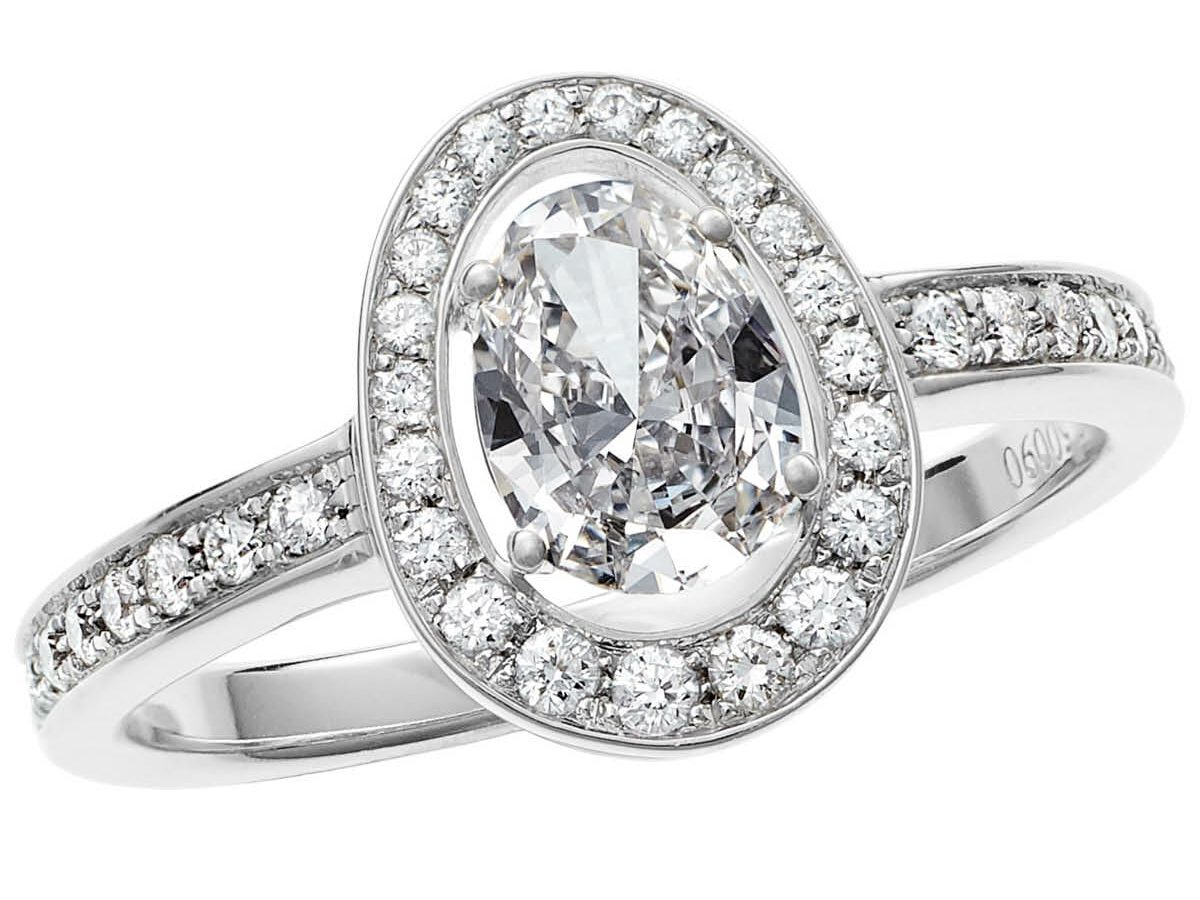
As early as 1716, when granted the right by royal decree, “to work with gold and set precious stones,” the Mellerio family obtained outstanding gemstones thanks to premium offers from their brokers. They also sold to their most prestigious clients gems from the French Crown jewels, as well as many dazzling diamonds from Golconda, the diamond’s epicenter in India.
In the 1850s, Russian Prince Nikolay Yusupov acquired the now legendary Polar Star (a 41.28 carat cushion-shaped brilliant diamond), the blue Sultan of Morocco and Rams Head through the Maison.
Of course, natural diamonds have remained a spectacular expression of many Mellerio contemporary creations for centuries. In 2005, the Maison came up with a namesake cut. As Laure-Isabelle Mellerio says, “400 years to the service of diamond deserved a special cut.” The Mellerio Cut boasts a mesmerizing asymmetrical shape set on the aforementioned Empress Eugénie’s peacock feather brooch’s central elliptic-shaped emerald. A graceful rendering of this exclusive cut has since been patented and reimagined for everyday wear. It now ranks as one of the house’s client favorites.
Mellerio Jewelry Designs: Daring and Inventive
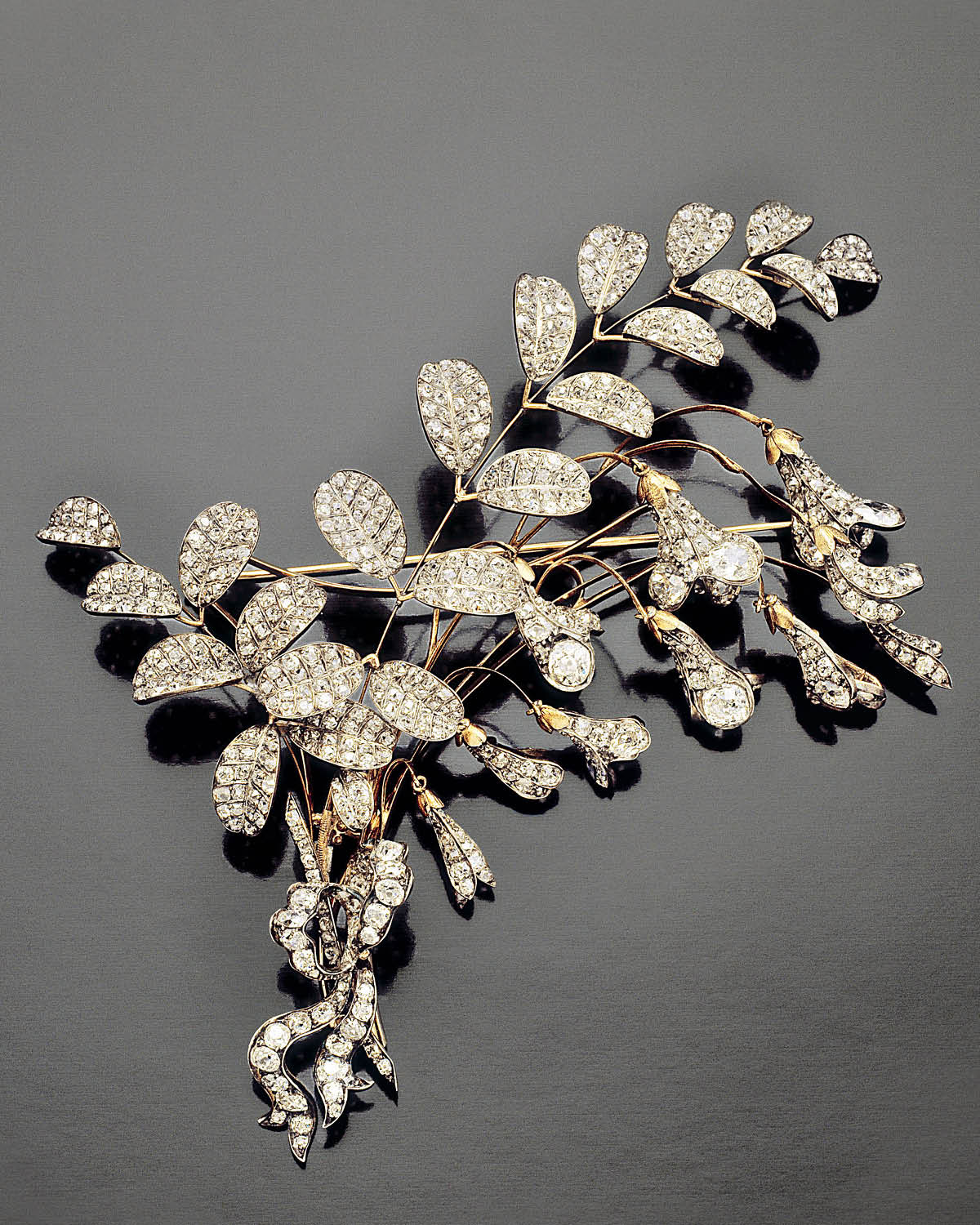
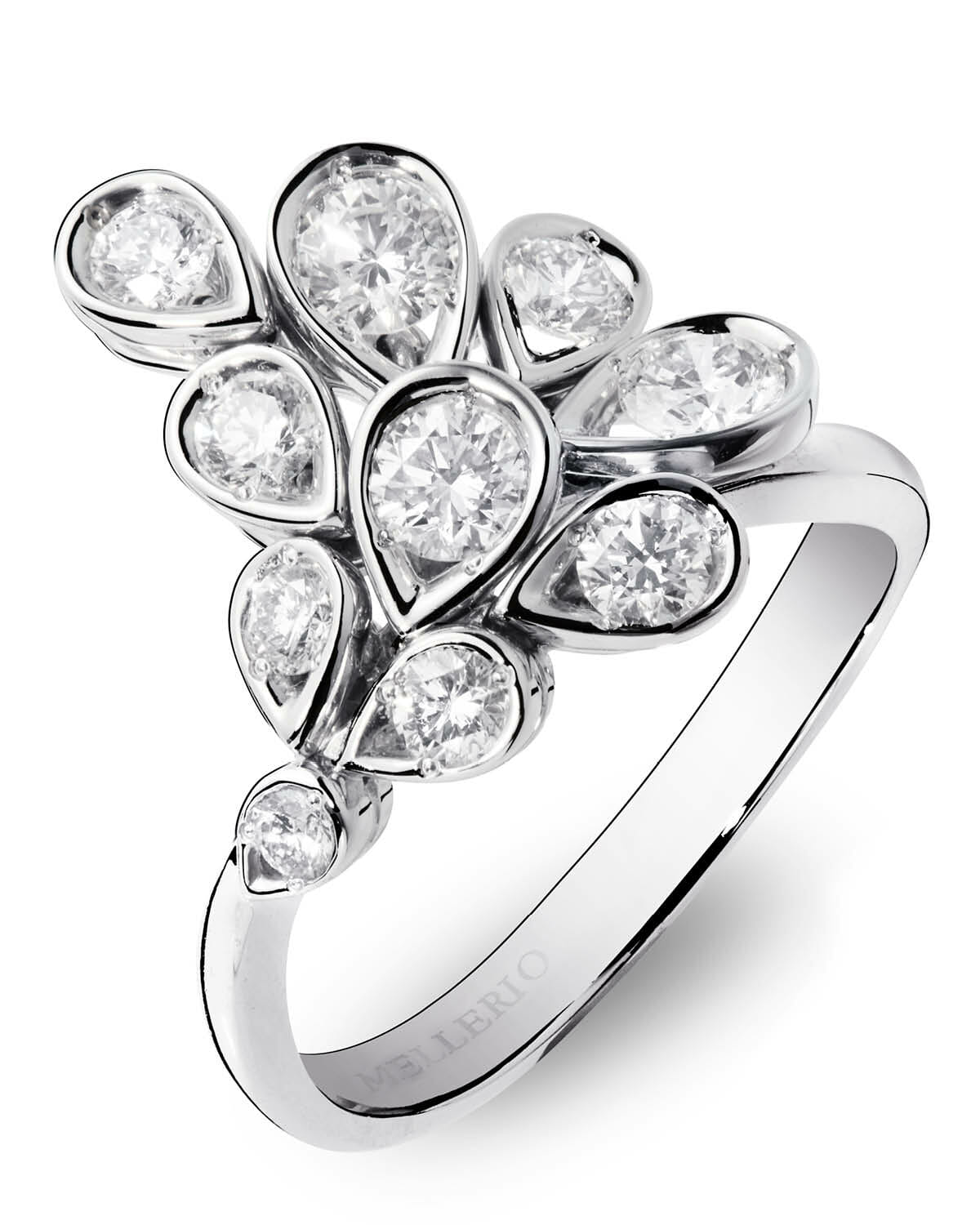
Associated with a classic image, the Maison has nonetheless always held a true creative zeitgeist, as evident by its prize-winning sense of innovation. It pioneered transformable jewelry in the mid-19th century, using a flexible stem for the tree leaves-shaped brooch, allowing for the brooch’s parts to move gracefully, “like blades of grass blown by the wind.” The creation garnered an award and, later, a patent at the 1855 World’s Fair. The same flexibility and lightness can be found today in Mellerio’s delicate high jewelry today; its Maglia necklace scarf presents femininity and versatility, while its Indra collection of modular and playful stackable rings has a mounting that allows their precious stones to slightly oscillate.
Mellerio’s Naturalistic Designs
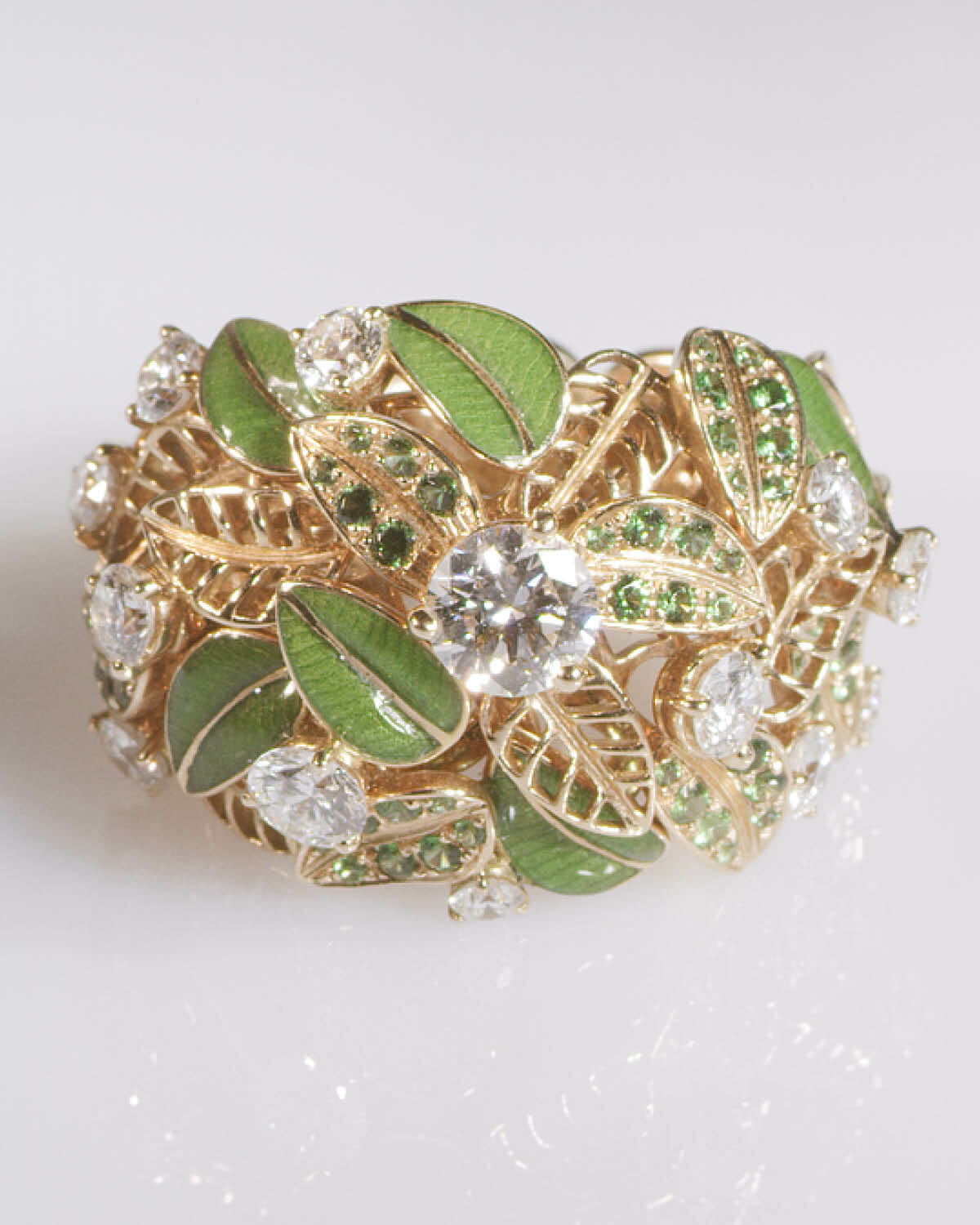
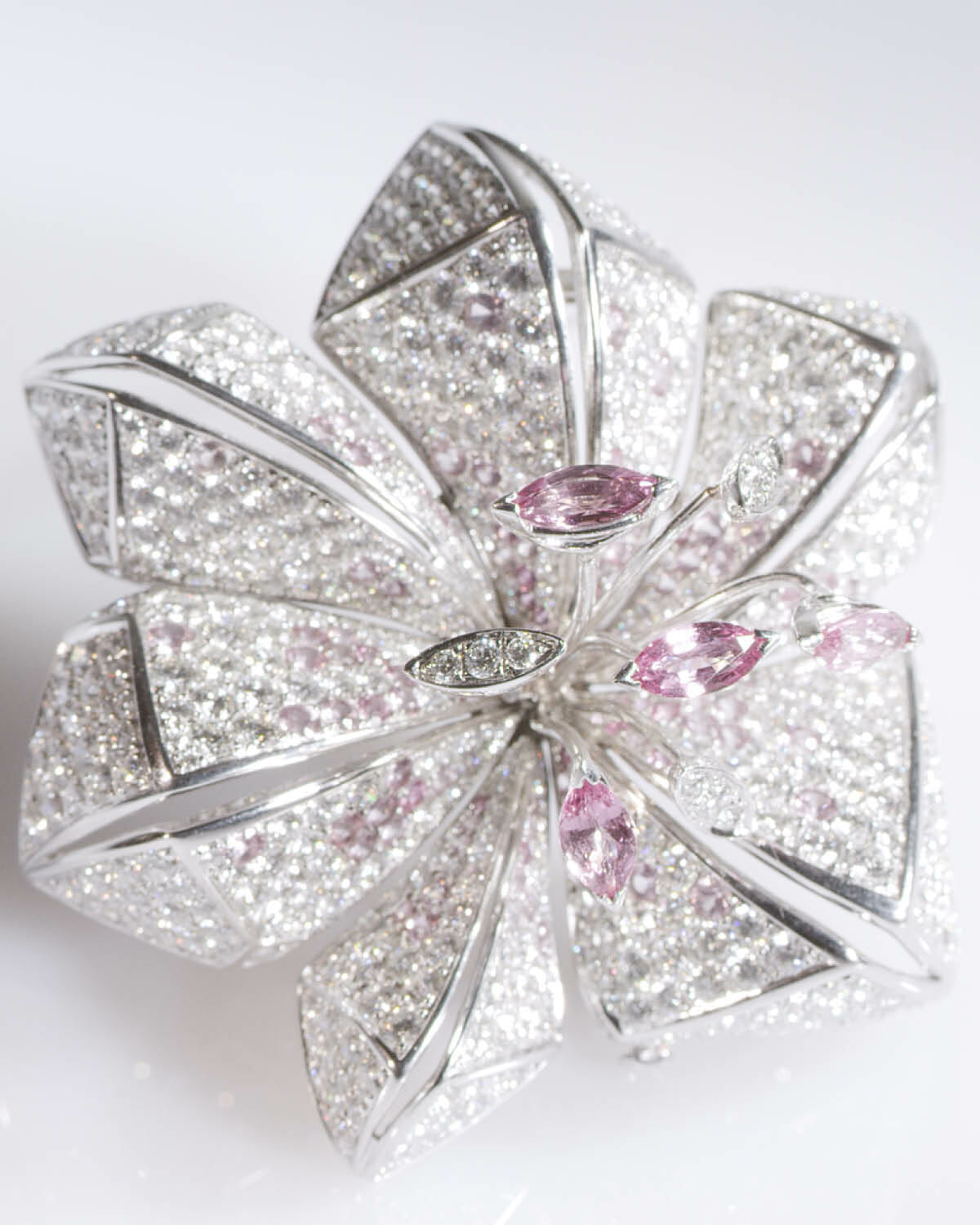
The essence of the Maison’s naturalistic designs is indeed rooted in nature’s wonders as well as Italian architectural style. As a trained interior designer and Ecole du Louvre graduate, Laure-Isabelle has brought her expertise in art history and architecture to Mellerio’s design since becoming the house’s Creative Director in 2016.
Thanks to the months she spent immersing herself in the hundreds of thousands of pages of drawings and gouaches in the house’s downstairs archives, the designer has used the brand’s centuries-old DNA as a baseline for her modern creations.
Want to take a trip to Italy and its magical destinations? Just take a look at its collection names and styles: Isola Madre, Isola dei Pescatori, and Isola Bella are the three Borromean islands on Lake Maggiore. Jewels interpreted these historical Italian Renaissance palaces and their lush gardens, flowers, blossoms, and bushes, and the soft sunlight illuminating them. For another shining example of how Mellerio has been revisiting its repertoire, consider its peacock feather diamond brooch masterpiece being reinvented through the diamond, emerald, sapphires and tourmaline Goa Ring.
Modern Mellerio: Accessible Luxury Jewelry
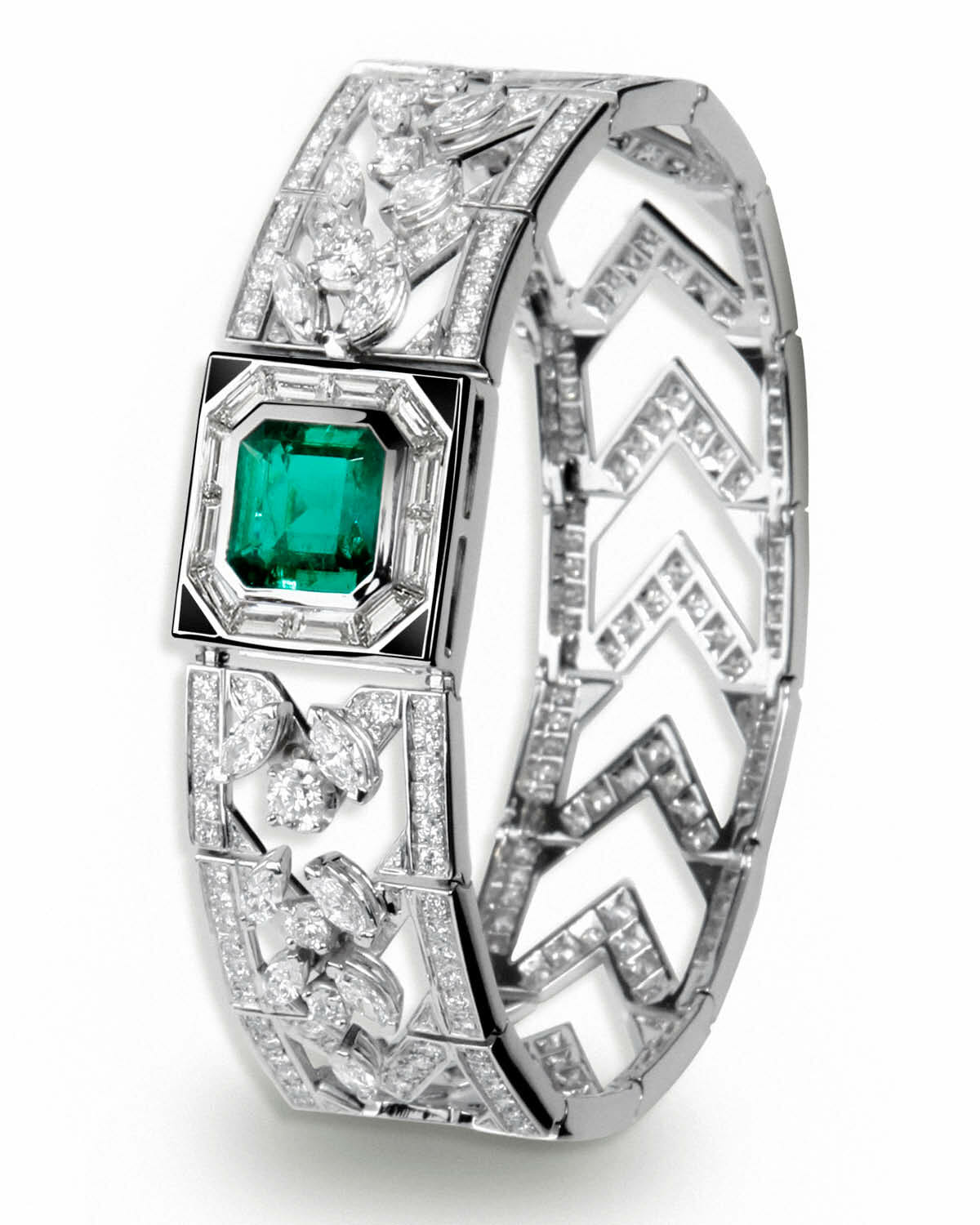
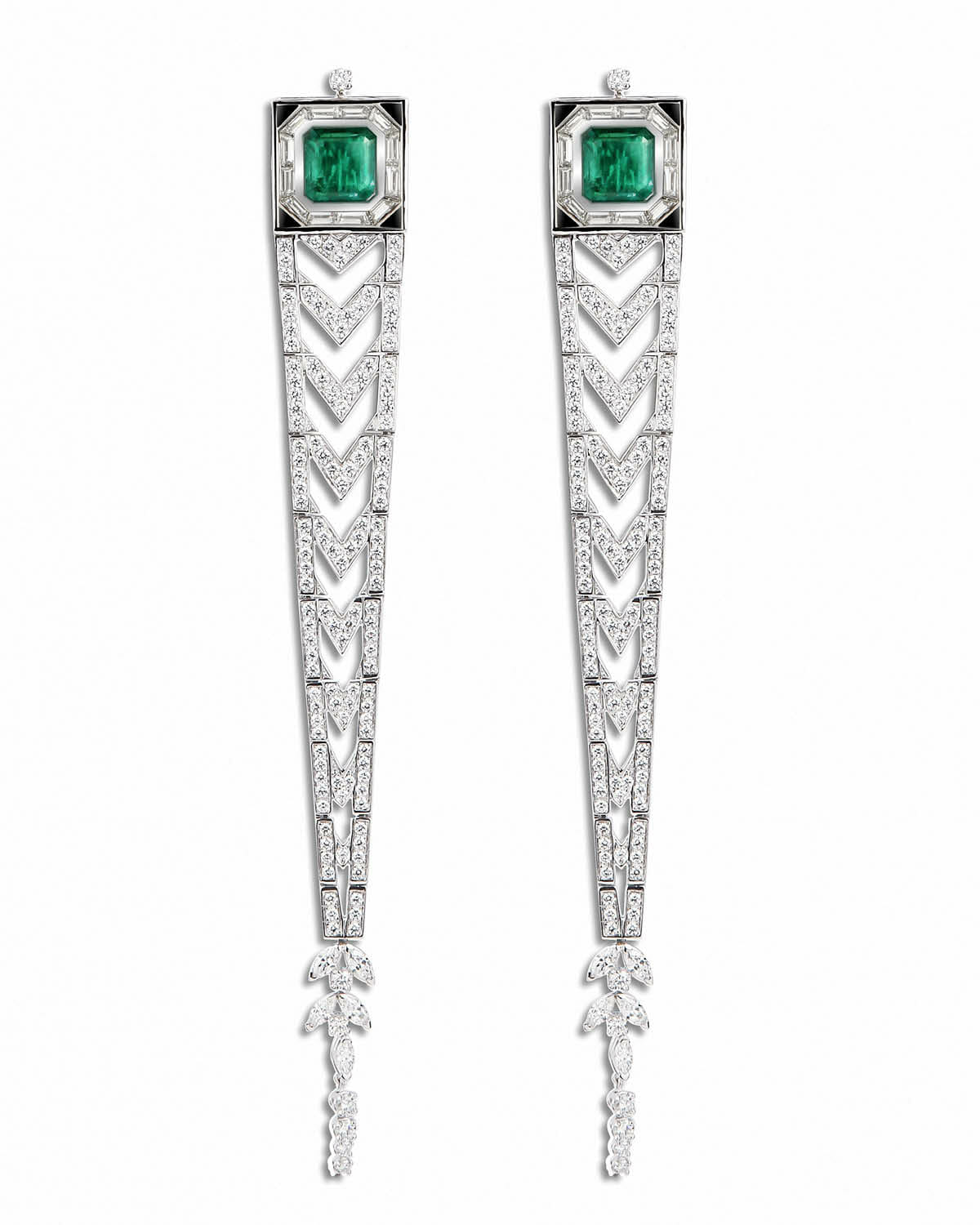
Starting online on April 2nd, 2021, inspired by the successful Isola Madre high-jewelry collection, the Maison offered a highly sophisticated Renaissance-style collection called Giardino, set with diamonds, rubies and sapphires. The Giardino collection came at a more accessible price point than its former collections and foreshadowed later offerings with “fresher, younger, easy-to-wear strong design.”
In 2022, the Pierreries Haute Joaillerie collection launched, showcasing rare gems such as amethyst, prasiolite, and rutilated quartz in pink, green, and yellow gold — a modern reinterpretation of the house’s 19th-century archival motifs.
By late 2023, the Maison introduced talisman-style jewelry such as the L’Étoile Mystérieuse star pendant, crafted in white and yellow gold and set with rubies, sapphires, emeralds, and yellow diamonds, reflecting a more playful turn toward convertible and casual luxury pieces. Around the same time, Mellerio also expanded its U.S. presence with a pop-up at Bergdorf Goodman in New York, building new visibility with American clients and setting the stage for its next chapter.
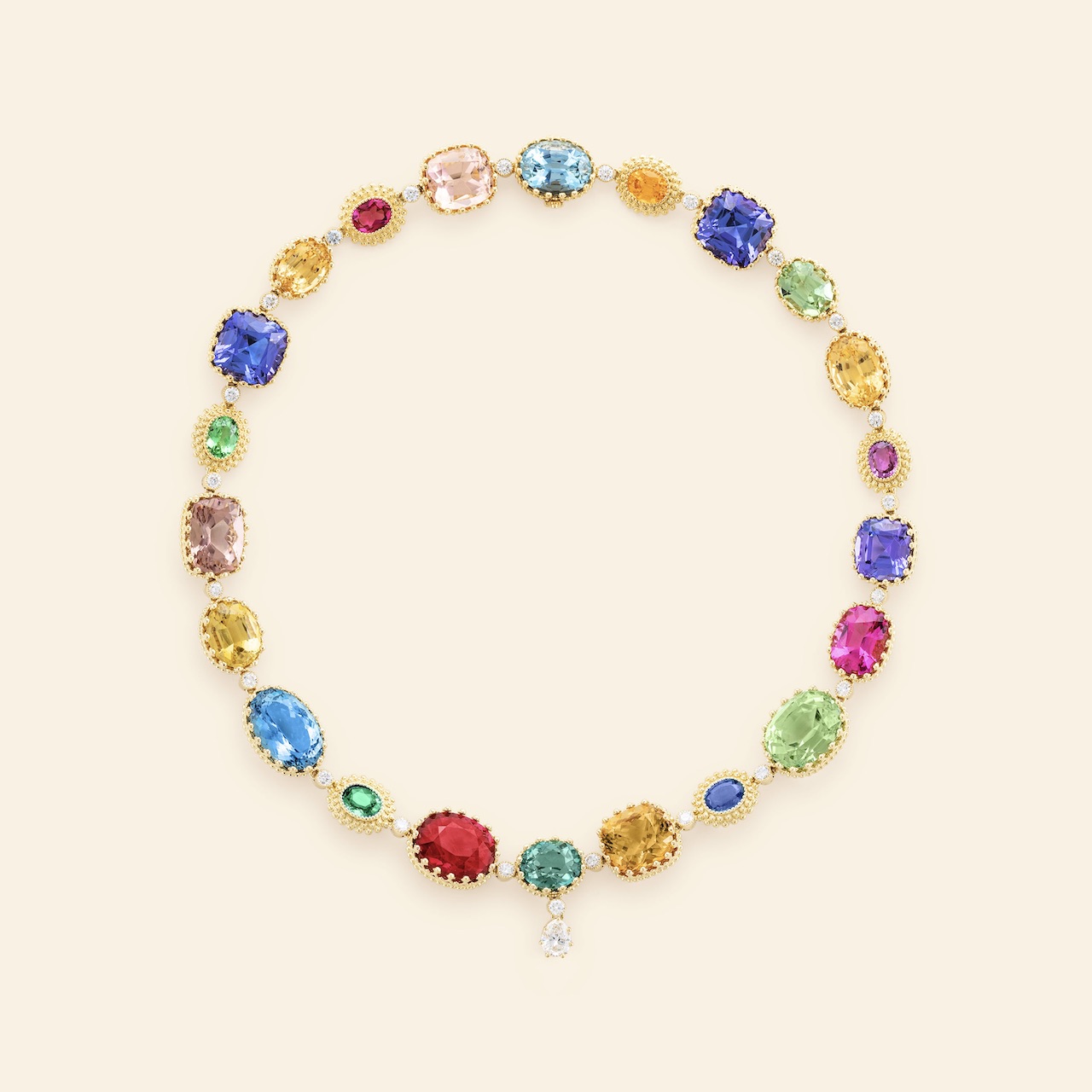
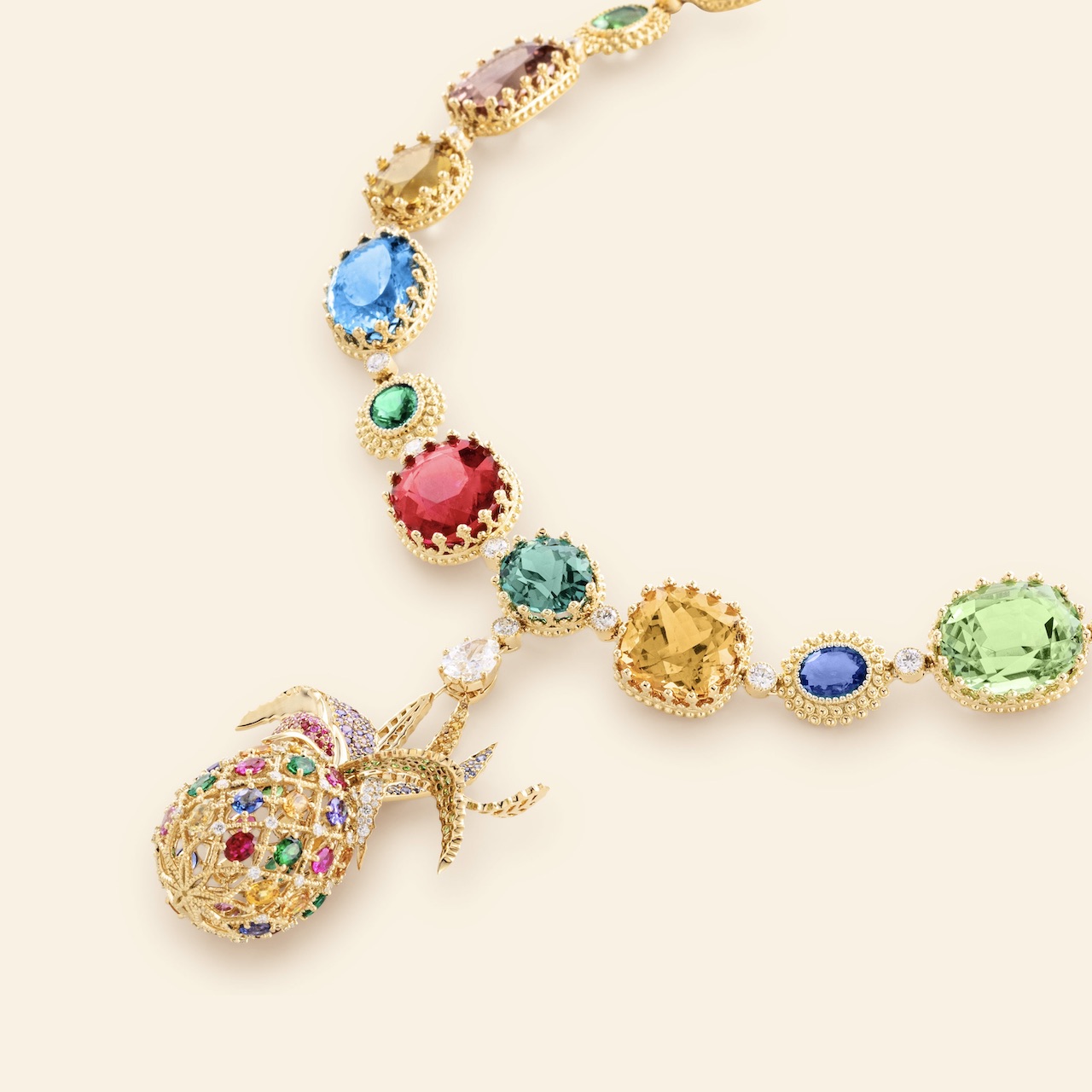
Today, the Maison continues to expand globally — for example, with its “Jardin des Rêves” fine jewelry line launched in 2025 — while remaining faithful to its heritage and craftsmanship.
After all, if diamonds are forever, so is the house that Mellerio built.



